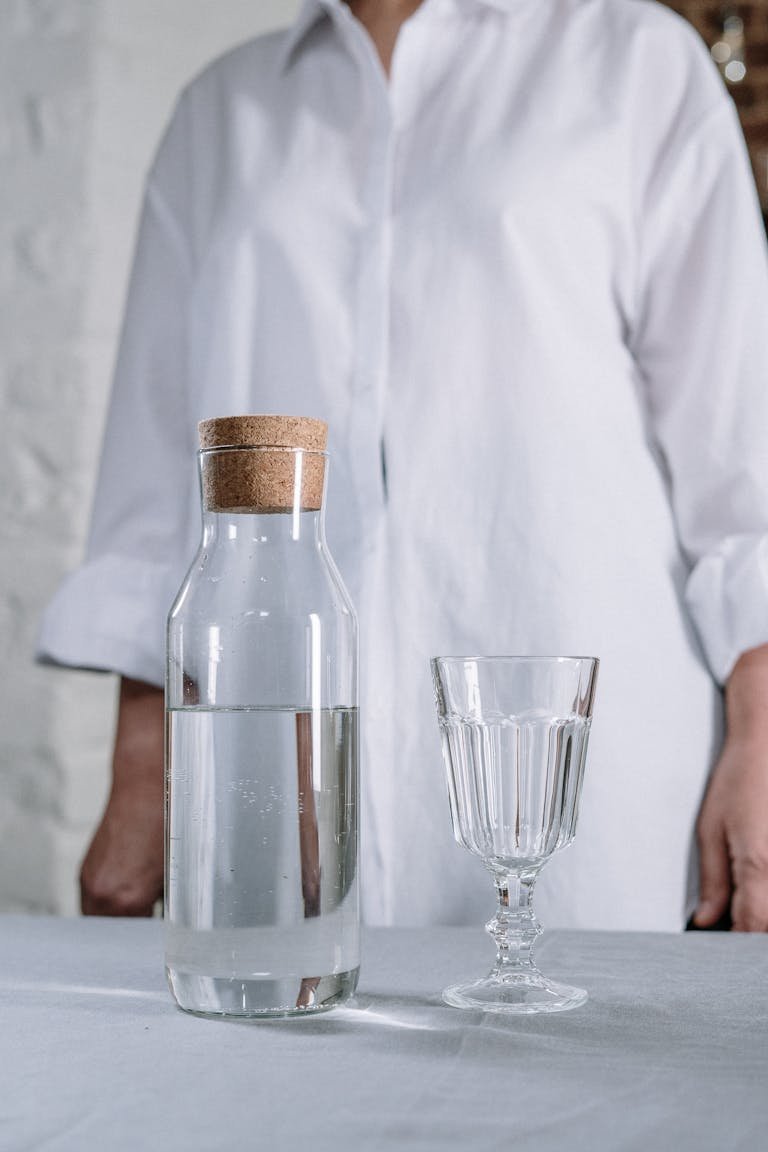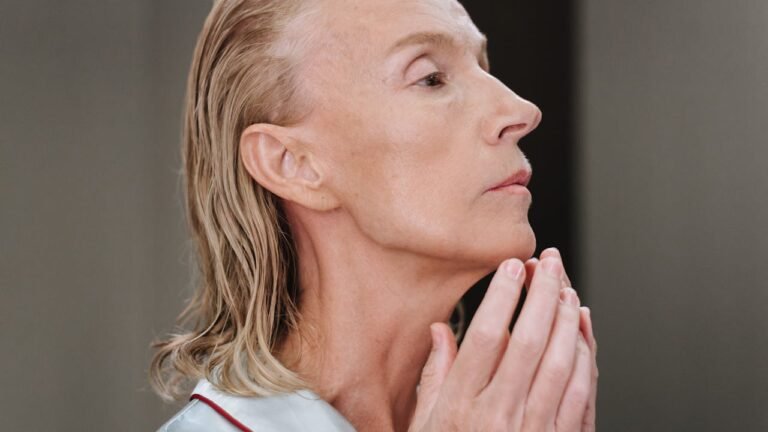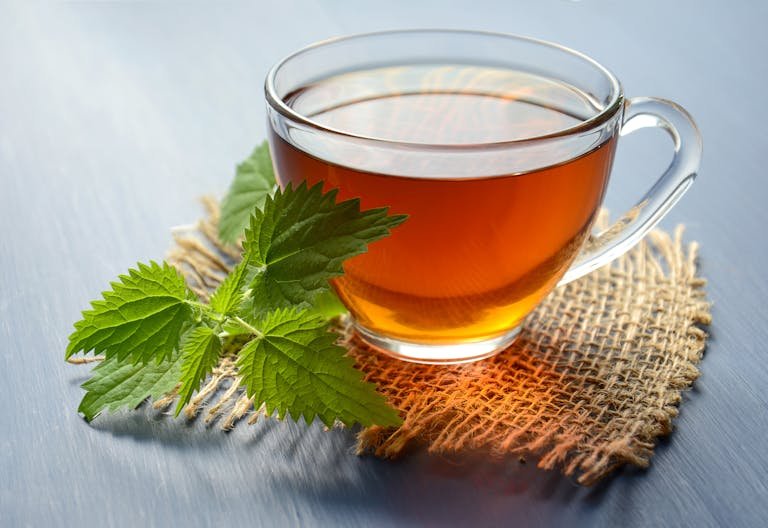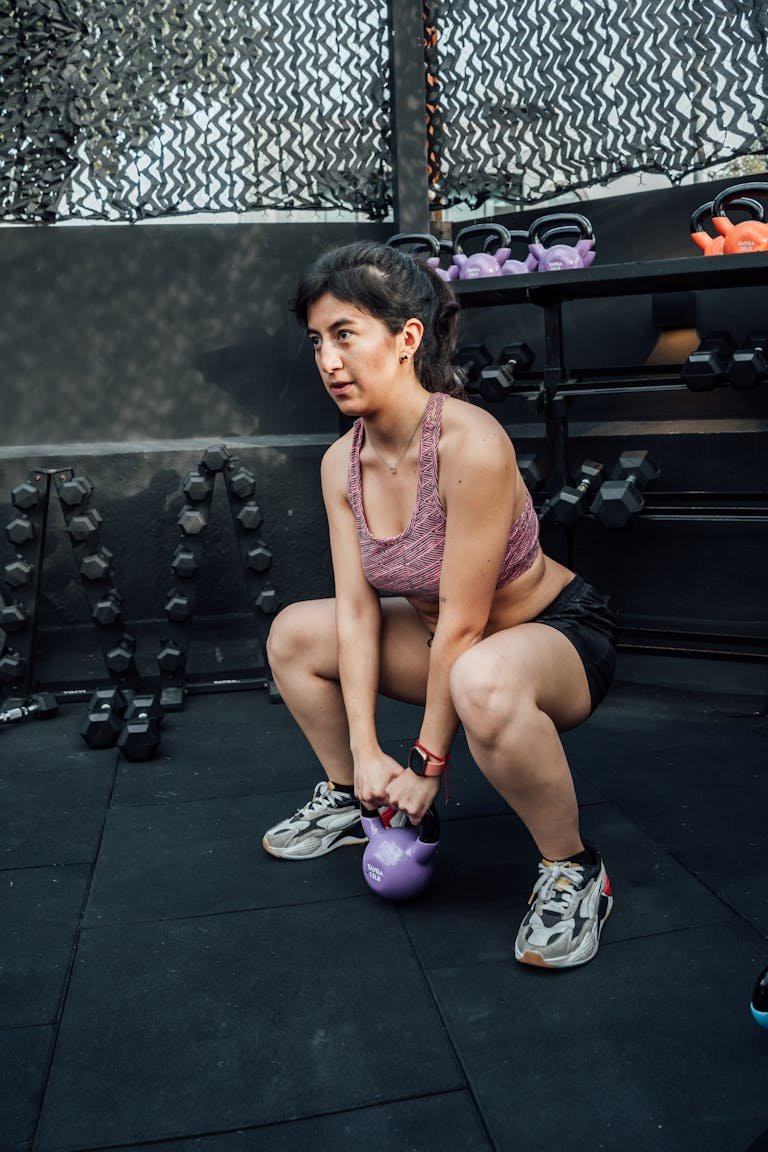The ‘Blue Zone’ Diet: What the World’s Longest-Living People Really Eat
The ‘Blue Zone’ Diet
What if you could eat your way to a longer, healthier life? Around the world, there are five regions where people routinely live to be 90, 100, and beyond — often free of chronic disease. These regions are called Blue Zones, and their eating habits may hold the secret to longevity.
Here’s a deep dive into the Blue Zone diet, what these long-living people really eat, and how you can bring their habits into your kitchen.
What Are the Blue Zones?
Blue Zones are regions identified by National Geographic researcher Dan Buettner where people live significantly longer than average. The five original Blue Zones are:
- Okinawa, Japan – Home to some of the world’s longest-living women
- Sardinia, Italy – Known for high numbers of centenarian men
- Nicoya Peninsula, Costa Rica – Famous for vibrant elders and strong community ties
- Ikaria, Greece – Low rates of dementia and chronic disease
- Loma Linda, California, USA – A community of Seventh-day Adventists who outlive the average American by a decade
Despite living thousands of miles apart, these communities share common dietary patterns that promote health and longevity.
The Core Principles of the Blue Zone Diet
Plant-Based First
About 90–95% of calories come from plants. Vegetables, beans, whole grains, nuts, and fruits form the bulk of their meals. Meat is eaten occasionally — usually as a small side, not the centerpiece.
Beans Every Day
Beans, lentils, chickpeas, and peas are the cornerstone of the Blue Zone diet.
Research Says:
A National Institutes of Health study found that every 20g of legumes consumed daily was associated with a 7–8% reduction in mortality risk.
Whole Grains Over Refined
Blue Zone populations eat whole grains like oats, barley, brown rice, and sourdough bread — not heavily processed white flour products.
Healthy Fats from Nature
Extra virgin olive oil, nuts, and seeds are daily staples.
Minimal Processed Foods and Added Sugar
Desserts are usually fresh fruit or a small piece of dark chocolate.
Moderate Alcohol — Mostly Wine
Most Blue Zone cultures enjoy one to two small glasses of wine per day, often with food and friends.
“Hara Hachi Bu” – Eating Until 80% Full
Okinawans stop eating when they’re about 80% full to avoid overeating.
Key Nutrients and Longevity Benefits
| Blue Zone Food | Nutrient Highlight | Longevity Benefit |
|---|---|---|
| Beans & Lentils | Plant Protein, Fiber | Supports gut health, lowers cholesterol |
| Sweet Potatoes | Beta-Carotene | Improves skin health, strengthens immunity |
| Olive Oil | Monounsaturated Fats | Anti-inflammatory, protects heart |
| Nuts | Omega-3s, Vitamin E | Improves brain health, reduces chronic disease risk |
| Whole Grains | B Vitamins, Fiber | Stabilizes blood sugar, boosts energy |
| Leafy Greens | Calcium, Folate | Supports bone health and detox pathways |
This table helps explain why Blue Zone staples aren’t just cultural — they are biologically powerful longevity foods.
Blue Zone-Inspired Day of Eating
| Meal | Example | Why It Works |
|---|---|---|
| Breakfast | Oatmeal with nuts, berries, and cinnamon | Fiber + antioxidants for blood sugar control |
| Lunch | Lentil and vegetable soup with whole grain bread | Protein + slow-release carbs for steady energy |
| Snack | Handful of walnuts or roasted chickpeas | Healthy fats + plant protein |
| Dinner | Vegetable stir-fry with tofu and brown rice | Nutrient-dense, plant-based main |
| Drink | Water, herbal tea, or 1 glass of red wine (optional) | Hydration + heart benefits |
Blue Zone-Inspired Recipes You Can Try
Sardinian Minestrone Soup – A hearty mix of beans, vegetables, and barley
Okinawan Sweet Potato Bowl – Packed with antioxidants and plant protein
Lifestyle Habits Beyond the Diet
Blue Zone longevity isn’t just about what’s on the plate — it’s also about how they live. To get the full benefit:
- Move Naturally: Walking, gardening, and household tasks keep the body active without intense workouts.
- Eat with Others: Sharing meals with family and friends boosts happiness and lowers stress.
- Reduce Stress Daily: Prayer, naps, and time outdoors are common daily habits.
- Have a Sense of Purpose: Okinawans call it Ikigai — a reason to get up in the morning, which is linked to longer life.
These lifestyle pieces work synergistically with the diet to create healthier, happier, longer lives. Learn more about the Blue Zone Diet.
Budget-Friendly Blue Zone Tips
Many people assume longevity diets are expensive, but Blue Zone eating is actually quite affordable. Here’s how to make it budget-friendly:
- Buy dried beans and cook in bulk — freeze extras for easy meals.
- Shop seasonal produce or frozen vegetables to save money.
- Look for store-brand olive oil that’s cold-pressed and labeled “extra virgin.”
- Buy whole grains like oats, barley, and rice from bulk bins to reduce cost.
- Batch cook soups, stews, and grains for the week to minimize food waste.
Eating like the world’s healthiest people doesn’t require fancy ingredients — just a shift toward simple, whole foods.
Common Myths About the Blue Zone Diet
- “It’s Vegetarian Only.” Most Blue Zone populations eat meat, just sparingly.
- “It’s Expensive or Complicated.” Most meals are simple, affordable, and made from pantry staples.
- “You Need Exotic Foods.” Everyday items like beans, greens, and rice are the foundation.
How to Get Started Today
- Add beans or lentils to at least one meal daily
- Replace processed snacks with fruit and nuts
- Switch to whole grain breads and pastas
- Cook with olive oil instead of seed oils
- Practice eating until you’re satisfied, not stuffed
Make Small, Consistent Changes
The Blue Zone diet is less about strict rules and more about a lifestyle centered on whole, plant-based foods, community, and mindful living. By making small, consistent changes, you can nourish your body, boost your health, and maybe even add years to your life. Check out the Blue Zones Challenge.
Action Step: Choose one dietary change and one lifestyle habit from above to start this week. Small, sustainable changes are the key to lasting results. To learn more check out the Blue Zones Kitchen for recipes you can follow.







